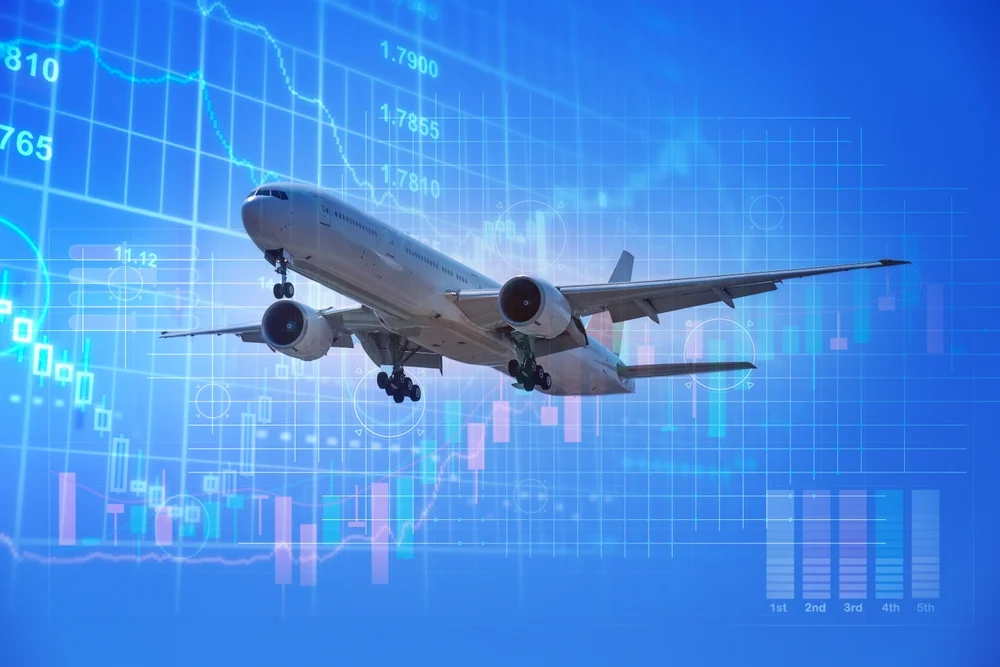
Preliminary August 2025 traffic figures released by the Association of Asia Pacific Airlines (AAPA)
showed continued growth in international passenger demand, driven by strong business and leisure travel activity throughout the region and globally.
In August, Asia Pacific airlines carried 34.3 million international passengers, which reflects an 8.8% rise compared to the same month last year. Traffic, measured in revenue passenger kilometers (RPK), grew by 9.1% year-on-year, supported by strength in longer-haul markets. The average international passenger load factor remained high at 82.9%, while the 9.2% expansion in available seat capacity closely matched demand growth.
International air cargo markets also continued to thrive in August, fueled by stockpiling activities as businesses sought to counter tariff-induced price pressures. Alongside sustained demand for e-commerce shipments, air cargo demand, indicated by freight tonne kilometers (FTK), saw a 5.4% year-on-year growth. Freight capacity offered expanded by 5.5% year-on-year, resulting in a slight decline of 0.1 percentage points in the average international freight load factor to 59.5%.
Commenting on these outcomes, Subhas Menon, AAPA Director General, stated, >“Both passenger and cargo markets have continued to demonstrate resilience in the face of global challenges, including protectionist trade measures and ongoing supply chain constraints. During the first eight months of the year, Asia Pacific airlines carried 258 million international passengers, a 10.8% increase compared to the same period last year, while international air cargo demand grew by 6.4%. Shifts in trade flows driven by higher tariffs have also supported cargo traffic growth from the region’s major manufacturing hubs.”
Looking ahead, Menon noted, >“The region’s carriers remain cautiously optimistic, with travel demand expected to stay resilient, backed by ongoing expansion in global economic activity, particularly in Asia. The near-term outlook for cargo is likely influenced by further developments in global trade policy and inventory cycles.”
However, he cautioned, >“Persistent supply chain constraints and pressures on operating costs continue to pose challenges, highlighting the necessity for airlines to remain responsive to market demands and maintain diligence in cost management. Overall, Asia Pacific airlines are well-prepared to navigate a wider array of economic and operational challenges that may arise in the coming months.”
